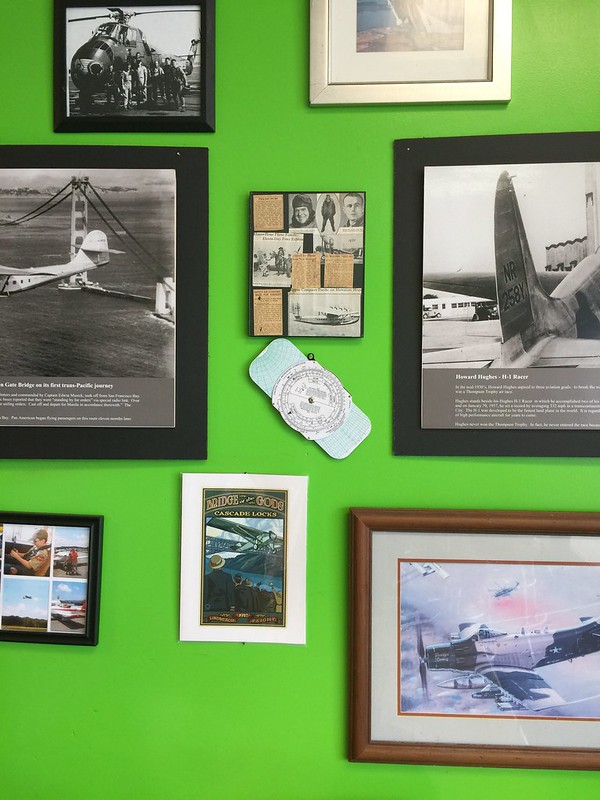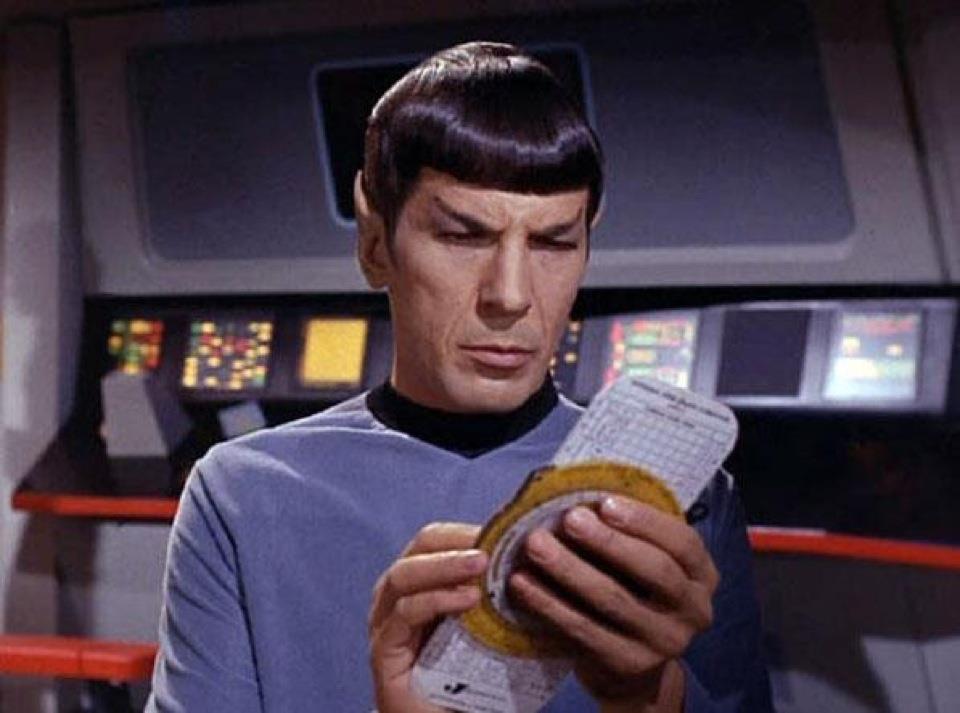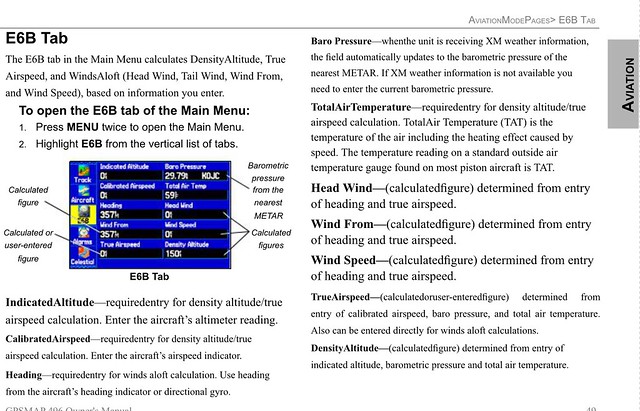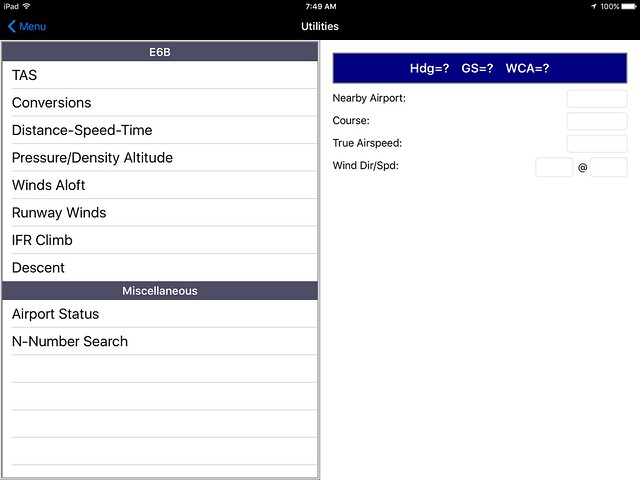pikespeakmtnman
Pre-takeoff checklist
I use mine, my CFI makes me. I suspect I'll start neglecting it once I'm free.
Yes, I did. You want to explain how it is correct and my analysis is wrong? Given my hypothetical case, his method says that there is NO wind. That's just wrong.


Timing is about noticing changes in expected fuel use. Not a big deal in a 1-hr xc in a 172 that has 5-7 hours fuel on board, but someday...On my student XCs I tracked timing just enough to convince myself that DR worked sufficiently for navigation purposes.



I use a metal winds aloft calculator. Doesn't everyone?
Mark
I see lots of PLANNING FOR WINDS answers using ForeFlight or other tools. I'm asking, how do you determine ACTUAL winds aloft enroute? If you're making a PIREP, that's one of the items you can tell them: Winds at 9000 are 295 @ 24 knots.
Which electronic E6B apps have it? Jesse's E6B Pro doesn't, as best I can tell. The only "Wind" calculation is crosswind component.


My 430 has a TAS/Winds calculator built in if I want to know the actual winds. Dial in heading, TAS, OAT, Baro, and voila - head/tail/crosswind component is displayed.
......If fuel required exceeds fuel remaining by a comfy factor, I'm content.
+1.
That said, I rarely care about the total winds. I care about the headwind component, which I can calculate by looking at my ground speed, given my current TAS.
My flight planning ahead of time tells me the expected winds aloft for the flight, so I'll compare those to what I'm actually experiencing to determine whether I want to stick to the cruise altitude that was planned.
Case in point, if the winds aloft call for a strong headwind, I might fly relatively low (2500-3000ft on my last flight, for example) rather than going up to the usual 8-10k. If, reaching 3k, the GS is higher than expected, I might venture a little higher to see if I can run with a higher power setting.
